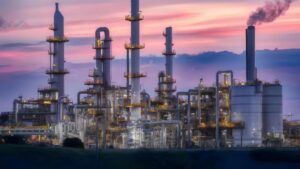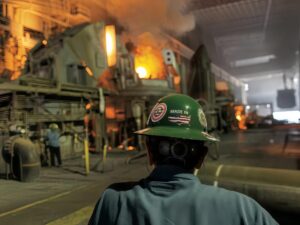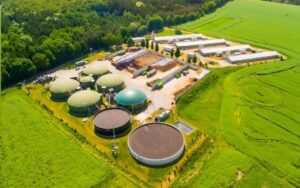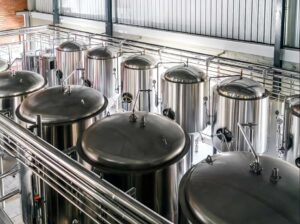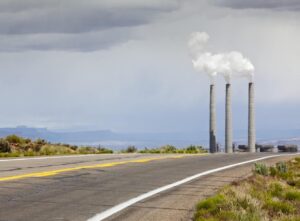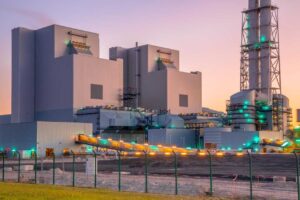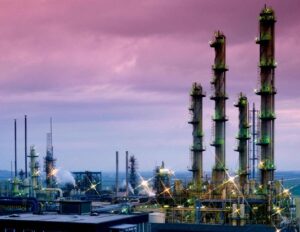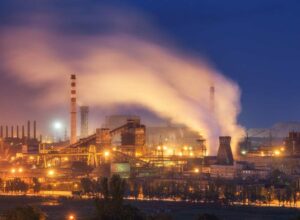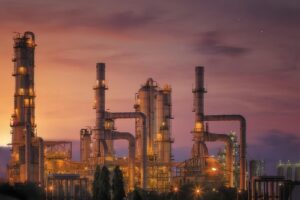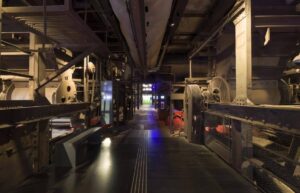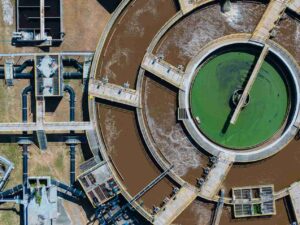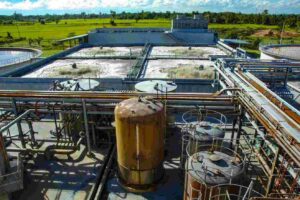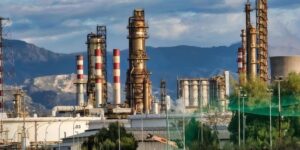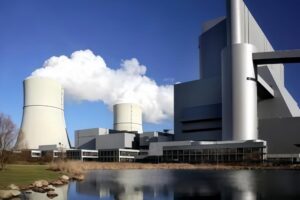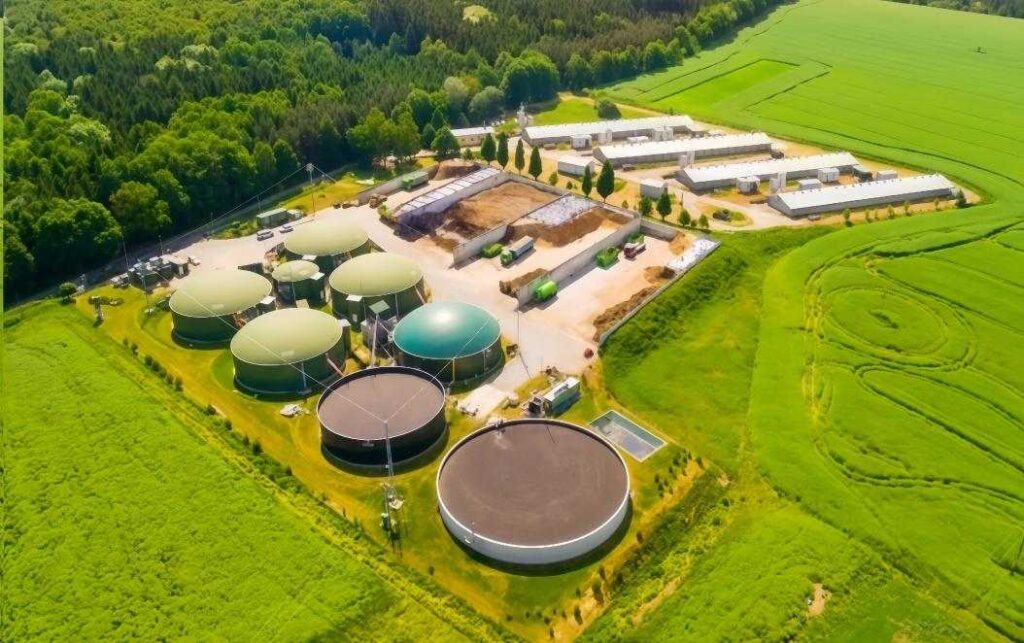
Biogas and syngas are important renewable fuels from waste or biomass. They usually contain methane (CH₄), hydrogen (H₂) and carbon dioxide (CO₂), and often carry impurities like hydrogen sulfide (H₂S). Monitoring this complex gas blend is crucial for plant efficiency and safety. However, biogas plants are tough places. High humidity, dust and corrosive byproducts can foul or interfere with standard sensors. Infrared gas analyzers help overcome these problems. They use infrared (IR) light absorption to identify gases. Each gas has a unique IR “fingerprint”, so the analyzer tells CH₄, CO₂ and other components apart with high precision. For example, IR sensors give real-time, accurate readings of methane and CO₂ levels, helping operators meet strict safety and emission standards.
How Does an Infrared Gas Analyzer Handle the Challenges of Biogas and Syngas Monitoring?

Biogas and syngas streams often carry moisture, tars, dust and trace contaminants. These can foul or interfere with traditional sensors. An infrared gas analyzer works differently. It shines IR light through the gas sample and measures absorption at precise wavelengths. Each target gas absorbs light on its own band, so the analyzer reads CH₄, CO₂, and others accurately. It does this without reacting chemically with the gas. In fact, IR sensors use a non-contact method and avoid many errors caused by contamination or cross-sensitivity. Modern analyzers even heat or control their components to prevent condensation. For added reliability, sample conditioning (filters or dryers) is often used. These remove liquids and dust before the gas enters the analyzer.
Main advantages include:
- High selectivity: It targets each gas’s unique infrared absorption band.
- Non-contact operation: IR sensors sample gas without touching it, reducing contamination.
- Multi-gas capability: An analyzer like the ESEGAS IR-GAS-600 can measure CH₄, CO₂, CO, hydrocarbons (CnHm) and more all at once.
- Temperature-stabilized design: The analyzer keeps all detectors at controlled temperatures, ensuring stable readings.
- Real-time response: IR analyzers update readings instantly, so changes are detected and addressed quickly.
- Low maintenance: IR detectors have no internal consumables, so they last longer and need less frequent calibration than chemical sensors.
These features let IR analyzers deliver accurate data even as biogas composition or plant conditions change.
The ESEGAS IR-GAS-600 is a rugged rack-mounted infrared gas analyzer built for harsh syngas and gasification plants. It uses high-stability NDIR detectors for CO, CO₂ and CH₄. A thermal-conductivity cell measures hydrogen independently of the other gases. An O₂ sensor (paramagnetic or electrochemical) can also be included. The analyzer keeps all detectors at controlled temperatures for maximum stability. Many models perform automatic calibration checks to reduce drift and maintenance. This multi-sensor design measures each component accurately, even as conditions change. The analyzer spans a wide range (ppm to full scale) and actively compensates for cross-interferences, so each gas reading remains reliable.
How Can an Infrared Gas Analyzer Enhance Safety in Biogas Plants?
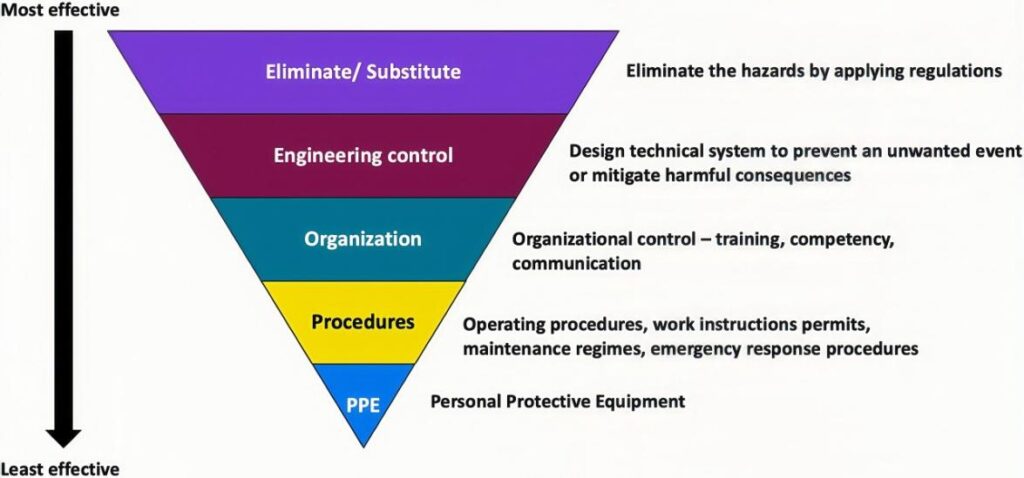
Infrared gas analyzers provide continuous, real-time monitoring of flammable and toxic gases. They measure methane and other key gases constantly. If gas levels rise unexpectedly, the analyzer can trigger alarms or even shut down equipment. This early warning helps prevent dangerous leaks and explosions. For example, in waste-to-energy plants an IR sensor may link to control valves. It stops the gas flow before a high CH₄ or CO₂ concentration reaches unsafe levels. These analyzers also help ensure emissions stay within legal limits. By alerting operators to gas spikes, they keep workspaces safer. In fact, monitoring gas fluctuations ensures the safety of the recovery system.
Key safety features include:
- Early warning: Continuous CH₄ and CO₂ readings let operators see leaks instantly.
- Automated control: The system can close valves or trigger ventilation if dangerous levels are detected.
- Regulatory compliance: Monitoring gas streams ensures emissions stay below legal limits.
These functions reduce the risk of accidents and protect both staff and equipment.
How Can an Infrared Gas Analyzer Improve Efficiency in Biogas and Syngas Production?

Accurate gas analysis also boosts plant efficiency. By knowing the exact gas mix, operators can adjust processes for optimal output. For instance, if methane (CH4) levels fall, operators can add more substrate or increase mixing to recover yield. Stable CO and H₂ readings help fine-tune gasifiers. Real-time data keeps the plant stable and reduces fuel waste. In practice, continuous monitoring maintains ideal conditions for digestion and combustion. As one report notes, monitoring fluctuations ensures the efficiency of the system.
Key efficiency benefits include:
- Feed optimization: Real-time CH₄/CO₂ data helps adjust feed rates for maximum gas output.
- Stable operation: Detecting small gas changes avoids downtime and wasted fuel.
- Peak performance: Monitoring H₂ and CO levels allows tuning the gasifier for higher hydrogen production.
Ultimately, infrared gas analyzers help producers get the most energy out of their feedstock. Engines and turbines that burn biogas run at higher efficiency when the methane content is known and stable. By precisely tracking composition, IR analyzers let plants squeeze more fuel value out of every cubic meter of gas.
Conclusion
You’ve seen how infrared gas analyzers, especially models like the ESEGAS IR-GAS-600, deliver real-time precision in hostile biogas and syngas environments. Acting rapidly, sensing steadily, and enduring harsh conditions—these analyzers empower both newcomers and seasoned plant engineers to keep gasification, syngas output, and safety metrics on point.
If you want to know more, contact with us please!




